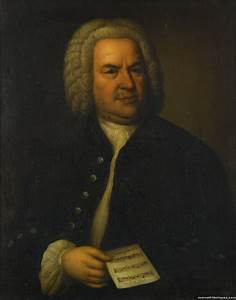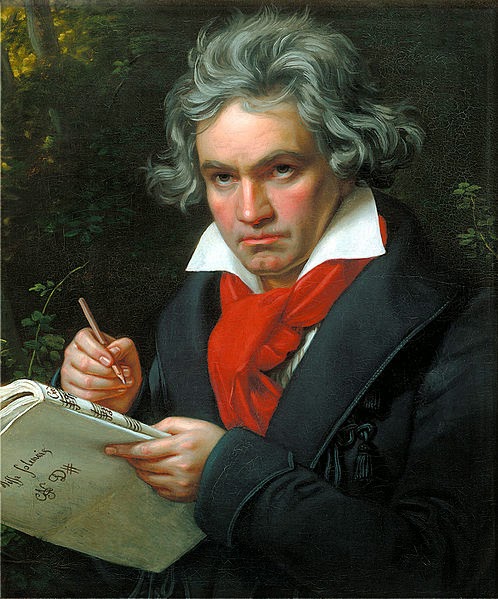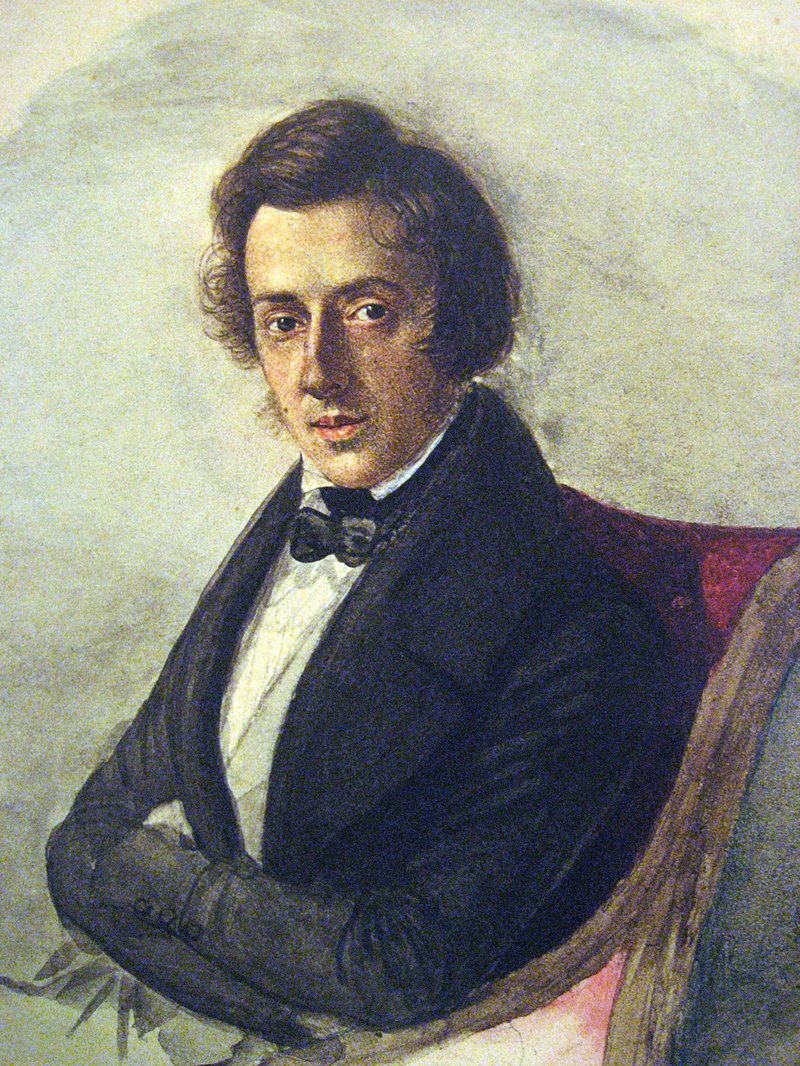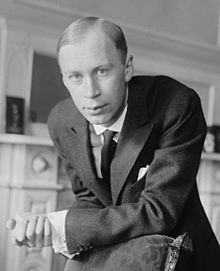The Baroque period refers to an era that started around 1600 and ended around 1750.The Baroque period saw an explosion of new musical styles with the introduction of the concerto, the sonata and the opera. The loosening of the Church's political control of Europe meant that non-religious music could now flourish, in particular instrumental music. The idea that instruments should be grouped together in a standard way created the first versions of the modern orchestra. An important type of instrumental music in the Baroque era was the concerto. Two of the greatest composers of concertos were Corelli and Vivaldi.(Vivaldi is the composer of the "Four Seasons" piece; one of the most popular pieces in the world.) Opera encouraged composers to devise ways of illustrating moods in their music; affecting the listener's emotions became a major objective in composition during this period. Opera spread to France and England, and composers such as Rameau, Handel and Purcell began producing great works. Many composers like Bach, Vivaldi and Handel, who pioneered new styles like the concerto and the sonata. Bach is regarded as one of the greatest geniuses in the history of music. He demonstrated a standard approach to harmony that dominated music until the late 19th century.

Joannes Sebastian Bach
The Classical period refers to an era that started around 1750. This new musical style coincided with the Age of Enlightenment, a time of radical change in social values focused on human rights and freedom of religion. Its architectural style was reminiscent of ancient Rome and Greece - hence the term 'Classical'. Orchestras went through great changes: harpsichord or organ were no longer their musical foundation and wind instruments such as the horn, trumpet, clarinet, flute and oboe joined the strings to create a new, distinctive sound. The orchestral set-up led to the era's most important type of music, the symphony. It developed rapidly at the beginning of the era, moving from a standard, strict three-movement format with a quick opening, a slow middle movement and a quick one to finish, to become an expansive four-movement vehicle for orchestral expression. Along with the orchestra came the string quartet, consisting of two violins, a viola and a cello. The works are themselves called "string quartet" and follow a standard, four-movement format reminiscent of the symphony. The piano was also introduced during this period. The most important solo pieces of the Classical era were sonatas, written for any solo instrument but most notably composed for the piano. There are many composers like Haydn, Mozart, Beethoven, etc. Also active in this period were Rossini and Paganini.The Classical era was dominated by its two greatest composers, Haydn and Mozart, who worked in Vienna. Haydn composed fantastic choral, operatic, orchestral and instrumental music - but the symphonies were his greatest achievement. In the last years of the 18th century came Beethoven, who started writing music in the style inherited from Mozart and Haydn. He eventually outgrew it, and split apart the Classical style at the seams, marking the dawn of the Romantic era in music.

Ludwig Van Beethoven
The Romantic period started around 1830 and ended around 1900, as compositions became increasingly expressive and inventive. Expansive symphonies, virtuosic piano music, dramatic operas, and passionate songs took inspiration from art and literature. The Romantic era is known for its intense energy and passion. The rigid forms of classical music gave way to greater expression, and music grew closer to art, literature and theatre. As well as symphonies, the tone poem and descriptive overture were popular as pieces of stand-alone orchestral music that evoked anything from a painting or poem to a feeling of nationalistic fervour.The Romantic era gave birth to the virtuoso.Famous Romantic composers include Tchaikovsky, Brahms, Mahler, and Verdi.Liszt was one of the greatest of his time, and wrote demanding piano music to show off his own brilliance. Chopin is also among the outstanding composer-performers from this timeIn the world of opera, cue the entrance of Verdi in the middle of the Romantic era. He turned Italian opera on its head by introducing new subject material, often with social, political or nationalistic themes, and combined these with a direct approach to composing. Wagner's ideas dominated most music, from the large-scale symphonies of Bruckner and Mahler to the heroic tone poems and operas of Richard Strauss, even reaching Italy, where Verdi and Puccini started to produce operas according to many of Wagner's rules.

Frederic Chopin
Contemporary Music, also known as 20th Century, is music that is extremely different from the past time periods.Generally "contemporary classical music" includes modern forms of art music such as post-tonal music after the death of Anton Webern, including serial music, electroacoustic music, musique concrete, experimental music, atonal music, minimalist music, etc; and post-1975 music such as Spectral music, post-minimalism, sound art, etc. Some popular composers are Ravel, Prokofiev, and etc.

Sergei Prokofiev